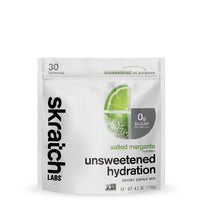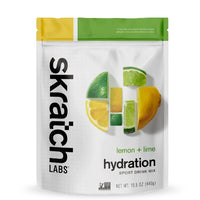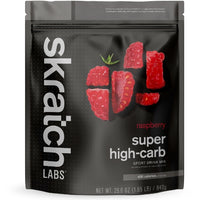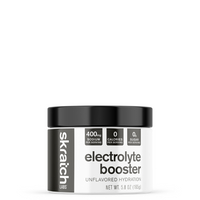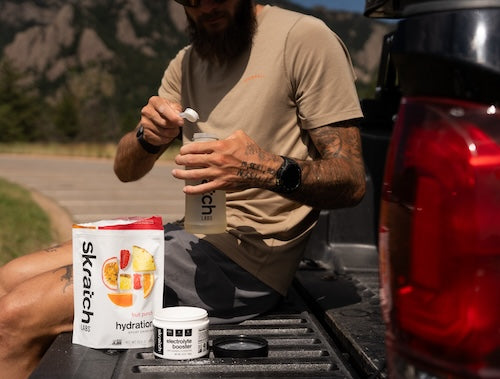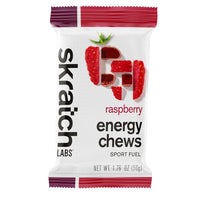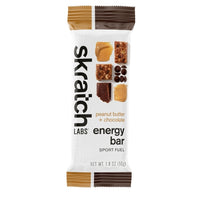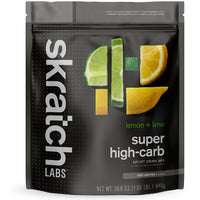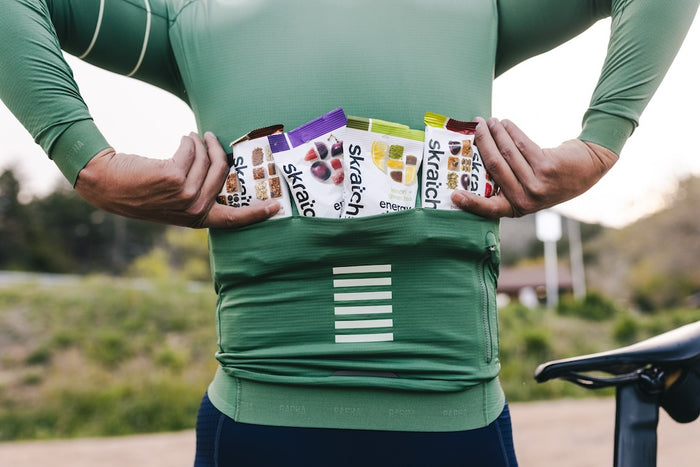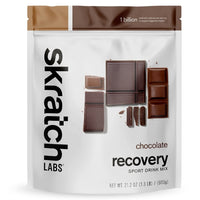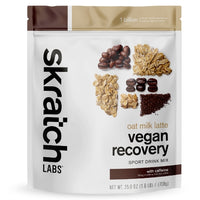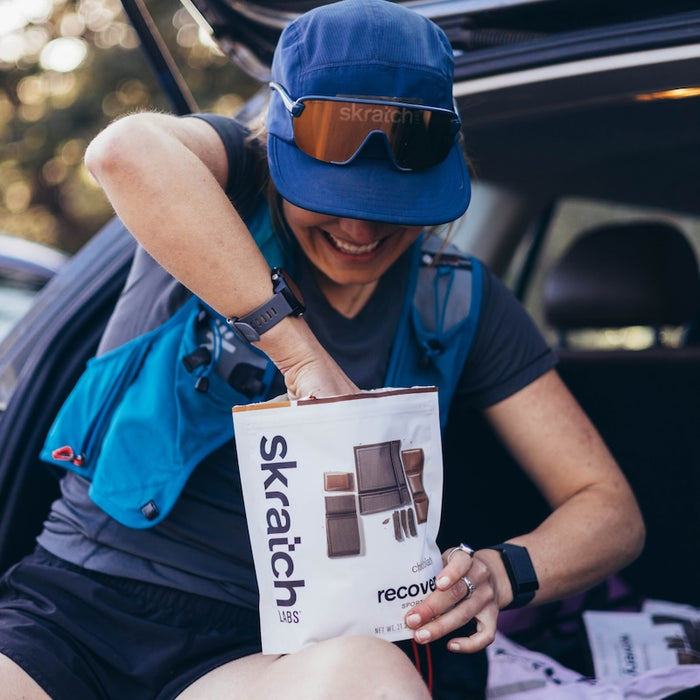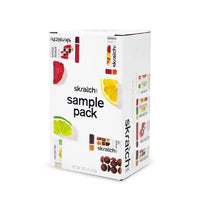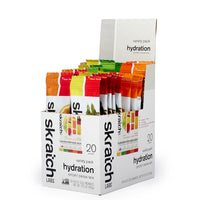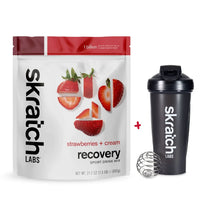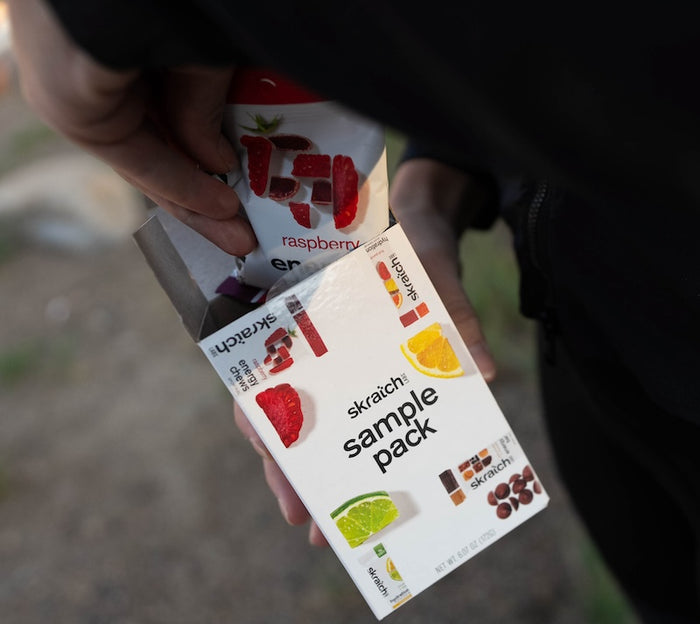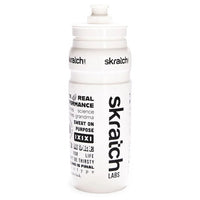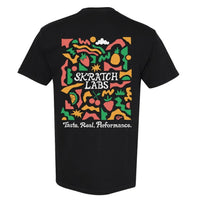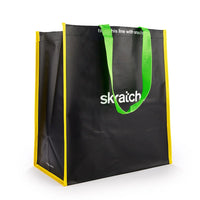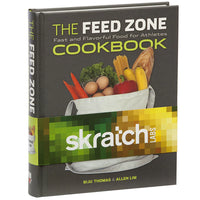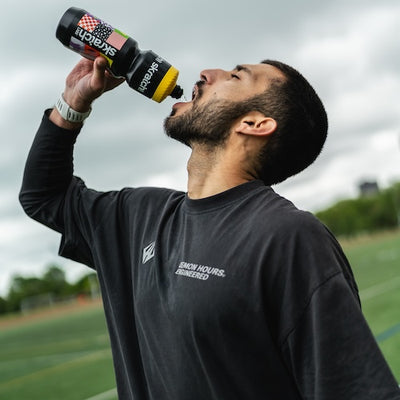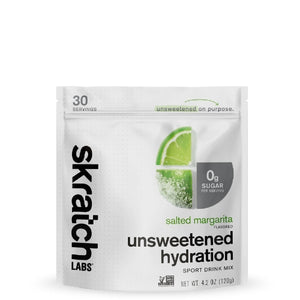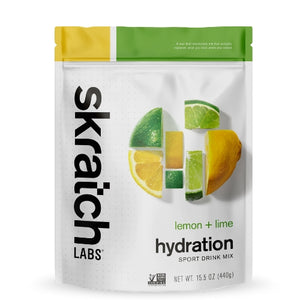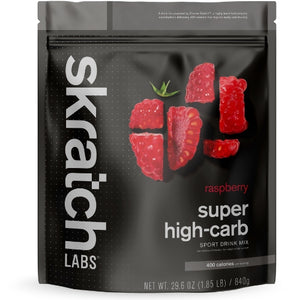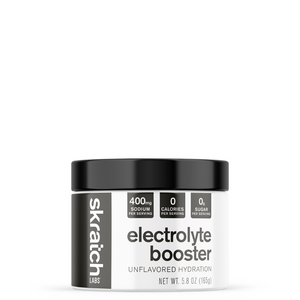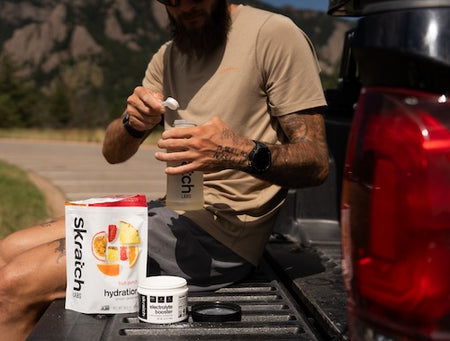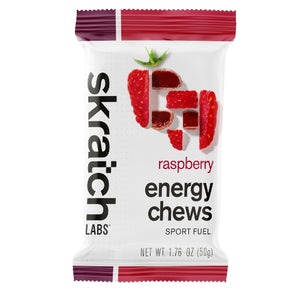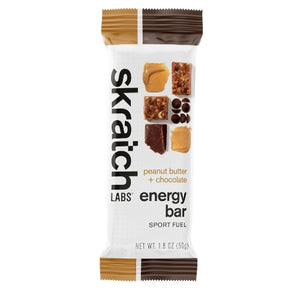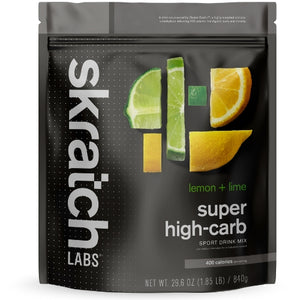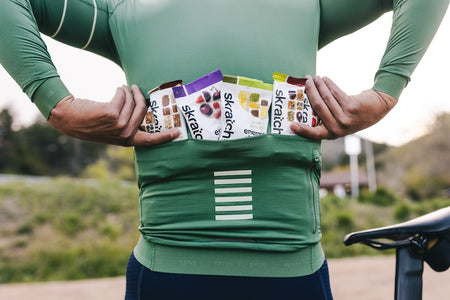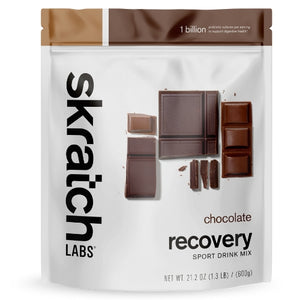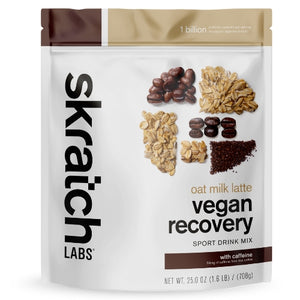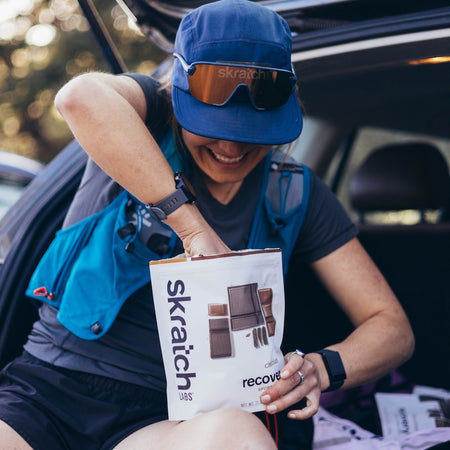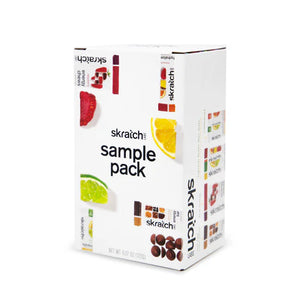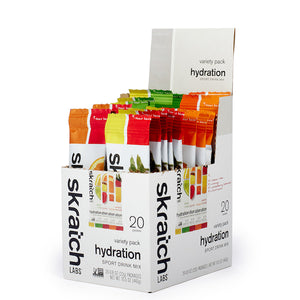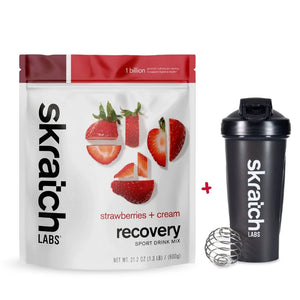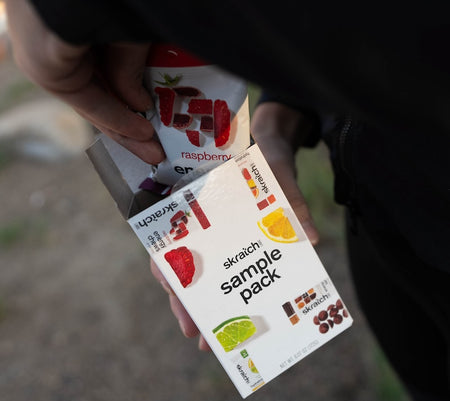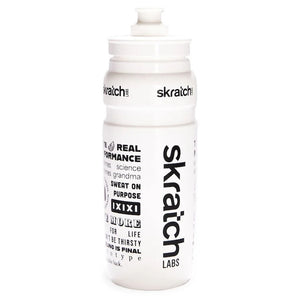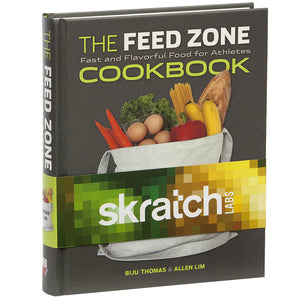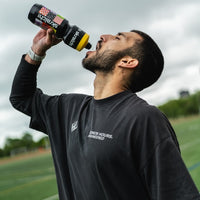Let’s be honest: sports nutrition can get noisy. One minute it’s “eat more carbs,” the next it’s “fasted workouts only.” Between myths, misunderstandings, and extremes, it’s easy to get off track.
Here’s what actually matters—and what to skip—when it comes to fueling, hydrating, and recovering.
Myth #1: There’s a Perfect Nutrition Formula
It’s tempting to think there’s one ideal formula to follow—an exact number of grams, ounces, minutes. But the truth is, nutrition isn’t one-size-fits-all, it is me-search. Every body, every workout, and every day can feel different.
That’s why it helps to start with the basics: eat when you're hungry. Drink when you're thirsty. Tune into your own signals and use them as your first guide. The more you practice listening, the sharper that intuition gets. There are certain things that can suppress appetite (ex. altitude, cold) so be aware of those too!
Of course, some structure is helpful—especially if you’re new to training or racing. Think of it as a baseline, not a box. You can always adjust based on how your body responds.
Mistake #1: Under-Fueling and Bonking Hard
You’re halfway through your workout and suddenly your legs revolt, your brain checks out, and everything feels harder than need be. That’s bonking—a hard crash in energy caused by not getting enough carbohydrates.
Try this instead:
Fuel early and often—30 to 90 grams of carbs per hour depending on the effort. If you are going HARD at a more pro level it might be more than this.
Use food that works for your gut: simple, real ingredients tend to digest better under stress.
Skratch Labs Super High-Carb Drink Mix makes it easier to hit carb targets without wrecking your stomach.
Whether you’re riding long or training for a marathon, getting in fuel consistently (not just when you “feel” tired) keeps energy levels stable and your brain online.
Myth #2: If You’re Thirsty, It’s Already Too Late
This one’s been passed around for decades—but it’s a misunderstanding of how the body works. Thirst is a tightly regulated survival mechanism, triggered by shifts in fluid and sodium balance. It’s not some late-to-the-party guest.
Drinking when thirsty is a valid, safe, and effective cue—especially for shorter workouts or low-intensity days. That said, in hot conditions, at altitude, or during long sessions, thirst cues may lag behind actual fluid loss. That’s where a proactive hydration strategy like preloading or using an electrolyte drink mix can help you stay ahead.
And yes, overhydration is real. Guzzling plain water without replacing sodium can throw things off just as badly as not drinking at all.
Mistake #2: Over-Fueling and the Gut Bomb
More fuel isn’t always better—especially if it hits all at once. Overloading on gels, chews, candy, or sugary drinks can send your gut into a spiral.
To avoid that post-gel regret:
Spread your intake out instead of cramming it in.
Skip the artificial and non-nutritive sweeteners, dyes, and artificial flavors—they’re a common source of GI distress.
Use drink mixes like Skratch Labs Hydration Sport Drink Mix that are designed to hydrate without overwhelming your stomach.
Small bites, frequent sips, and real food make for a happier gut and steadier performance.
Myth #3: You Need Special Sports Food
You don’t need lab-designed energy bars or space-age gels to fuel like a pro. Leftover rice, a simple sandwich can get the job done—if it gives you energy and sits well in your gut.
In fact, homemade options often contain fewer additives and can be easier to digest. They also tend to be more satisfying and more cost-effective. The Feed Zone Cookbook is a great place to start if you're curious about real-food fueling.
If it works and you’ll actually eat it, it’s a win.
Mistake #3: Waiting Too Long to Hydrate
Hydration isn’t something to catch up on—it’s something to build. Even a small drop in fluid levels can lead to fatigue, cramping, or brain fog. But that doesn’t mean chugging water all day.
For better hydration:
Start sipping the day before big efforts—not just 5 minutes before the start.
Use an electrolyte mix to help your body retain fluids instead of flushing them out.
Drink steadily during workouts, aiming for 16–24 oz of fluid per hour depending on heat, intensity, and sweat rate.
For runners, where carrying bottles can be tricky, consider looping past aid or stashing bottles ahead of time. Consistency beats volume when it comes to staying hydrated.
Myth #4: The Stricter the Diet, the Better the Performance
It’s easy to fall into the trap of extremes—cutting out entire food groups, obsessing over numbers, or making fueling feel like punishment. But performance thrives on flexibility, not restriction.
A mix of carbs, fats, protein, and color on your plate supports many things. Athletes need fuel, not austerity.
Mistake #4: Skipping Recovery Nutrition
You crossed the finish line. Time to rest, right? Almost—but recovery starts with refueling.
Waiting too long to eat after a workout slows glycogen replenishment and muscle repair. Your body’s primed to absorb nutrients right after exercise, so take advantage of that window.
Try this approach:
Get in a mix of carbs and protein within 30–60 minutes post-workout.
Use Recovery Drink Mix if solid food isn’t appealing right away—it’s easy on the stomach and designed to help you bounce back faster.
Stay hydrated throughout the day with a Hydration Drink Mix or light snacks with water and salt.
Bonus Tip: Time Your Pre-Workout Meals Smartly
Ever felt shaky or lightheaded right after starting a workout? You might be catching your body in a weird insulin window.
Here’s what’s going on: if you eat a big meal 30–90 minutes before exercise, your blood sugar rises, insulin spikes, and then your muscles start contracting—pulling glucose out of your bloodstream on their own. That combo can cause a crash.
Two better options:
Eat a full meal 2–3 hours before training.
Or grab a small snack right before (like 10 minutes out) when your body won’t have time to mount a strong insulin response.
This helps you avoid the low-energy dip and keeps you feeling steady from the start.
Got questions? Hit up our Performance Dietitian Team at [email protected]. They’re real humans and real athletes—just like you.
Citations:
Armstrong et al. 1985; Craig and Cummings 1966; Maughan 1991; Sawka and Pandolf 1990
Burke L, Deakin V, Minehan M. Clinical Sports Nutrition. McGraw-Hill Education/Australia; 2024.
Décombaz, J., R. Jentjens, M. Ith, F. Scheurer, T. Buehler, A. Jeukendrup, and C. Boesch (2011). Fructose and galactose enhance postexercise human liver glycogen synthesis. Med. Sci. Sports Exerc. 43:1964-1971.
Jeukendrup AE, Gleeson M. Sport Nutrition. 4th ed. Human Kinetics; 2025.
Jeukendrup, A.E. (2011) Nutrition for endurance sports: Marathon, triathlon, and road cycling. J. Sports Sci. 29:S91-S99.
Karpinski C, Rosenbloom C. Sports Nutrition: A Handbook for Professionals. Academy of Nutrition and Dietetics; 2017.
Podlogar T, Wallis GA. New horizons in carbohydrate research and application for endurance athletes. Sports Med. 2022 Dec;52(Suppl 1):5-23. doi: 10.1007/s40279-022-01757-1. Epub 2022 Sep 29. PMID: 36173597; PMCID: PMC9734239.
Podlogar, T., and G.A. Wallis (2022). New horizons in carbohydrate research and application for endurance athletes. Sports Med. In press.
Podlogar, T., S. Cirnski, S. Bokal, N. Verdel, and J. Gonzalez (2022a). Addition of fructose to a carbohydrate-rich breakfast improves cycling endurance capacity in trained cyclists. Int. J. Sport Nutr. Exerc. Metab. In press.
Podlogar, T., S. Bokal, S. Cirnski, and G.A. Wallis (2022b). Increased exogenous but unaltered endogenous carbohydrate oxidation with combined fructose-maltodextrin ingested at 120 g·h-1 versus 90 g·h-1 at different ratios. Eur. J. Appl. Physiol. In press.
Sawka M.N., Burke L.M., Eichner E.R., Maughan R.J., Montain S.J., Stachenfeld N.S. American College of Sports Medicine position stand. Exercise and fluid replacement. Med. Sci. Sports Exerc. 2007;39:377–390. doi: 10.1249/mss.0b013e31802ca597.
